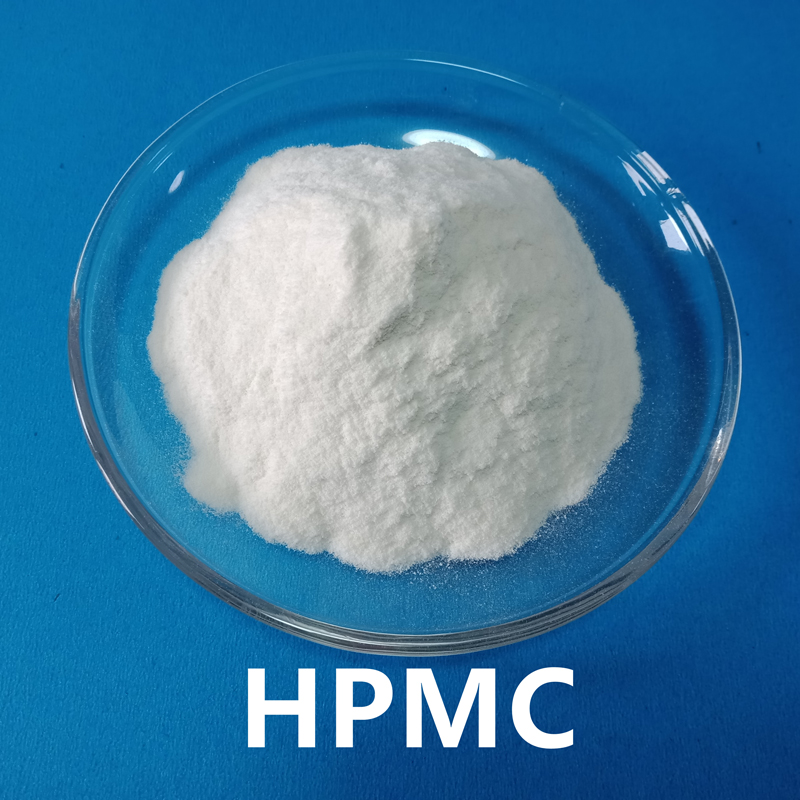
Hydroxypropyl Methylcellulose (HPMC) is a versatile polymer commonly used in industries such as construction, pharmaceuticals, and food production. Understanding the process behind its production helps to appreciate its properties and applications. In this article, we’ll break down the basic steps of HPMC production in an easy-to-understand format.
What is HPMC?
HPMC, or Hydroxypropyl Methylcellulose, is a non-ionic, water-soluble polymer derived from cellulose, which is the most abundant natural polymer found in plant cell walls. HPMC is prized for its thickening, stabilizing, and emulsifying properties, making it an essential ingredient across various industries.
Key Properties of HPMC
- Water solubility: Dissolves in both hot and cold water.
- Thermal gelation: Forms a gel at higher temperatures.
- Biodegradability: Derived from natural cellulose, making it eco-friendly.
- Stability: Chemically stable over a wide pH range.
- Viscosity: Provides excellent viscosity control in formulations.
HPMC Production Process Explained
The production of HPMC involves several stages to transform raw cellulose into a refined, functional polymer. Below, we outline the primary steps involved:
1. Sourcing and Preparing Cellulose
The first step in HPMC production begins with sourcing high-quality cellulose from plants. The cellulose is then purified to remove impurities and processed into a fine powder. The quality of the cellulose used directly impacts the performance of the final HPMC product.
2. Alkalization
In this stage, the cellulose is mixed with a solution of sodium hydroxide (NaOH) to make it more reactive. This process is called alkalization. The mixture is carefully controlled to ensure optimal temperature and moisture levels, which are crucial for efficient processing.
3. Etherification
Etherification is a key step where the alkalized cellulose reacts with methyl chloride and propylene oxide. This reaction introduces methoxy and hydroxypropyl groups into the cellulose structure, giving HPMC its characteristic properties. The degree of substitution during this process affects the viscosity and solubility of the final product.
4. Neutralization and Washing
After etherification, the product needs to be neutralized to remove any residual alkaline components. The neutralized cellulose ether is washed thoroughly with water to remove any unreacted chemicals or byproducts, ensuring a purer HPMC output.
5. Drying and Grinding
The purified HPMC is then dried to remove excess moisture. Once dried, the material is ground into a fine, uniform powder. This stage ensures that the product is suitable for various industrial applications and can be distributed effectively.
6. Quality Control and Packaging
Quality assurance is an essential part of the production process. Each batch of HPMC is tested to ensure it meets stringent quality standards in terms of viscosity, purity, and solubility. Once it passes these checks, the final product is packaged for distribution.
Applications of HPMC
HPMC’s unique properties make it ideal for a wide range of applications:
- Construction: Used as a water-retaining and bonding agent in tile adhesives, mortars, and plasters.
- Pharmaceuticals: Acts as a binder, film-former, and controlled-release agent in tablets.
- Food industry: Employed as a thickener and emulsifier in various food products.
- Cosmetics: Adds texture and stability to creams and lotions.
Why Choose a Reliable HPMC Factory?
Choosing a trusted HPMC Factory ensures the production of high-quality HPMC that meets industry standards. Reliable factories employ advanced production techniques and rigorous quality checks to provide consistent, effective products. Ensuring your HPMC supplier follows these standards can make a significant difference in the performance of your end product.
Conclusion
Understanding the production process of HPMC helps highlight why it’s such a valuable component in multiple industries. From sourcing raw cellulose to the detailed steps of chemical modification, each stage ensures that the final product offers the desired properties. For more insights and to source high-quality HPMC, visit HPMC Factory.